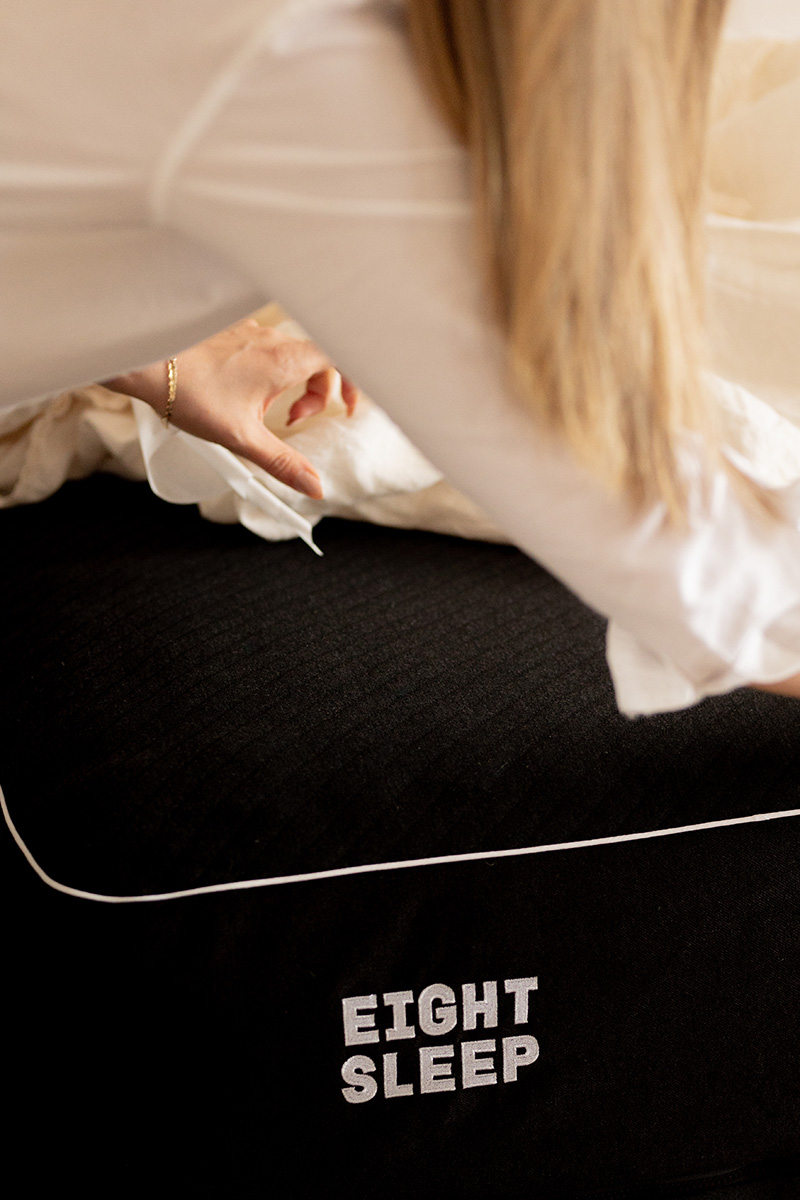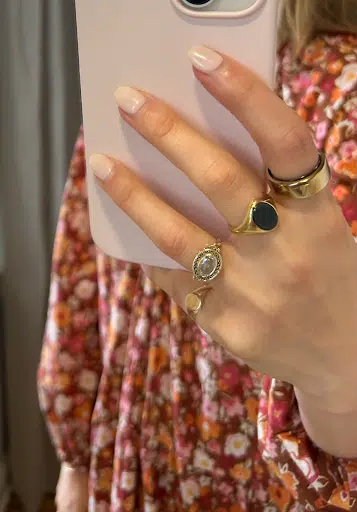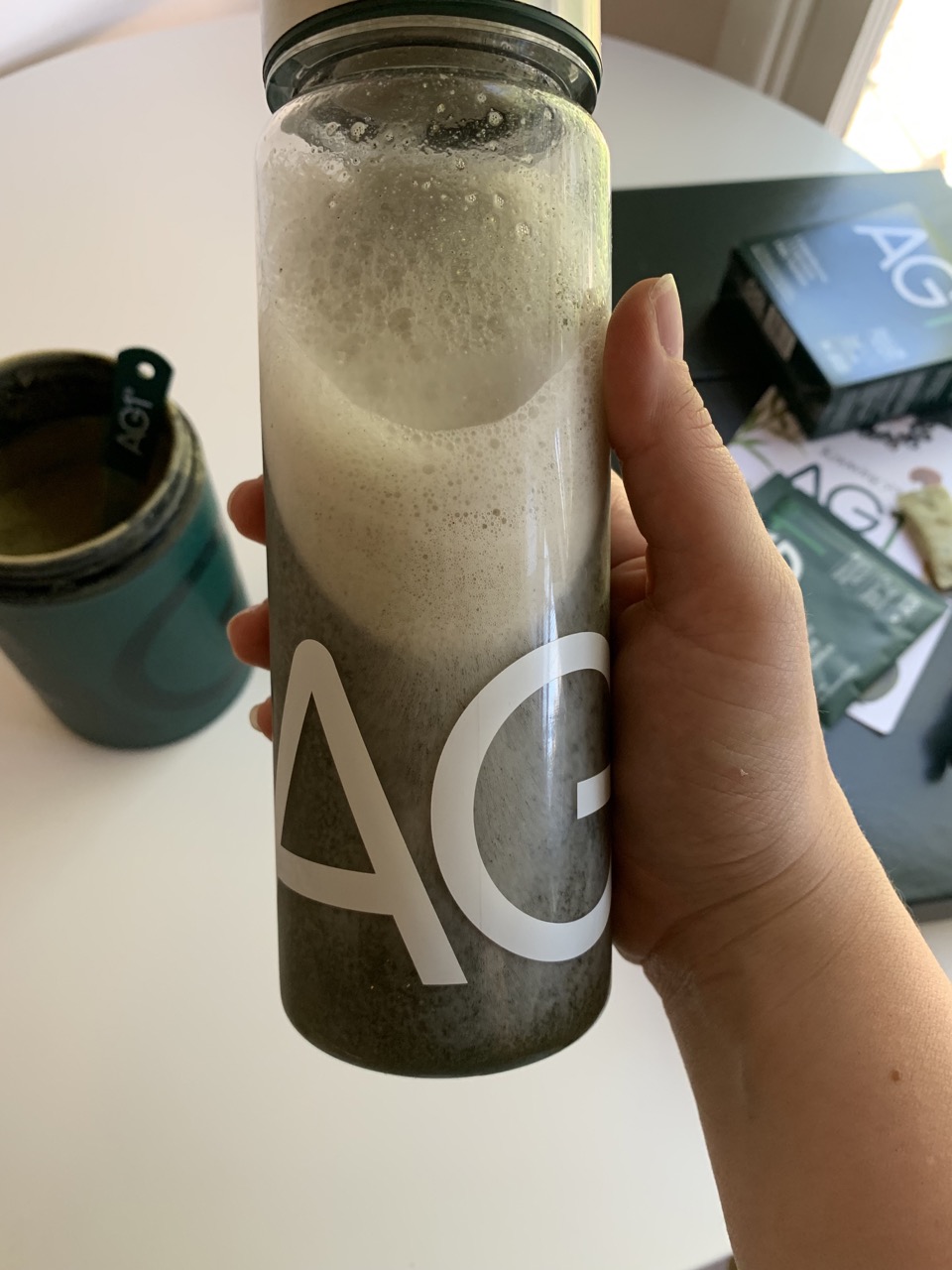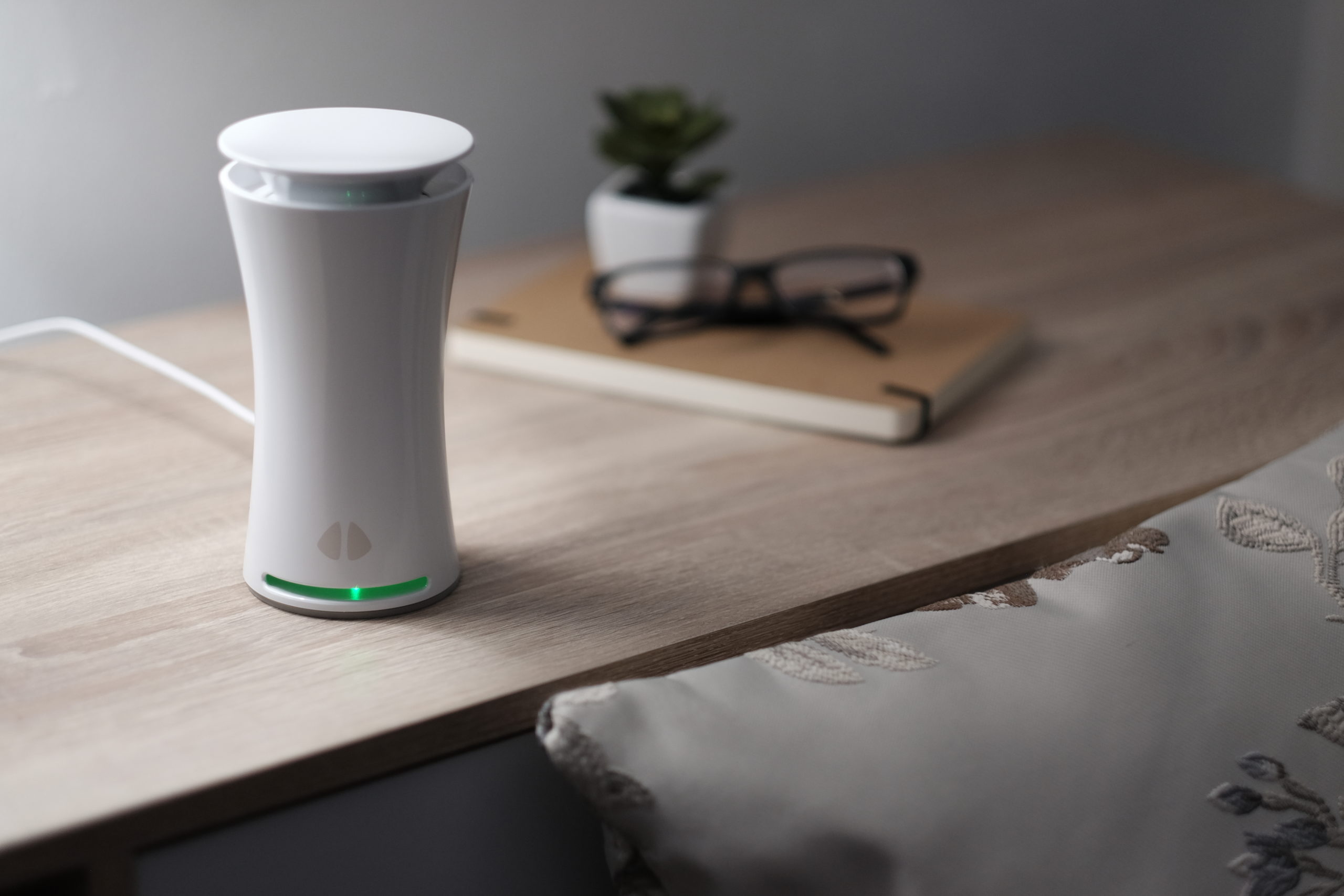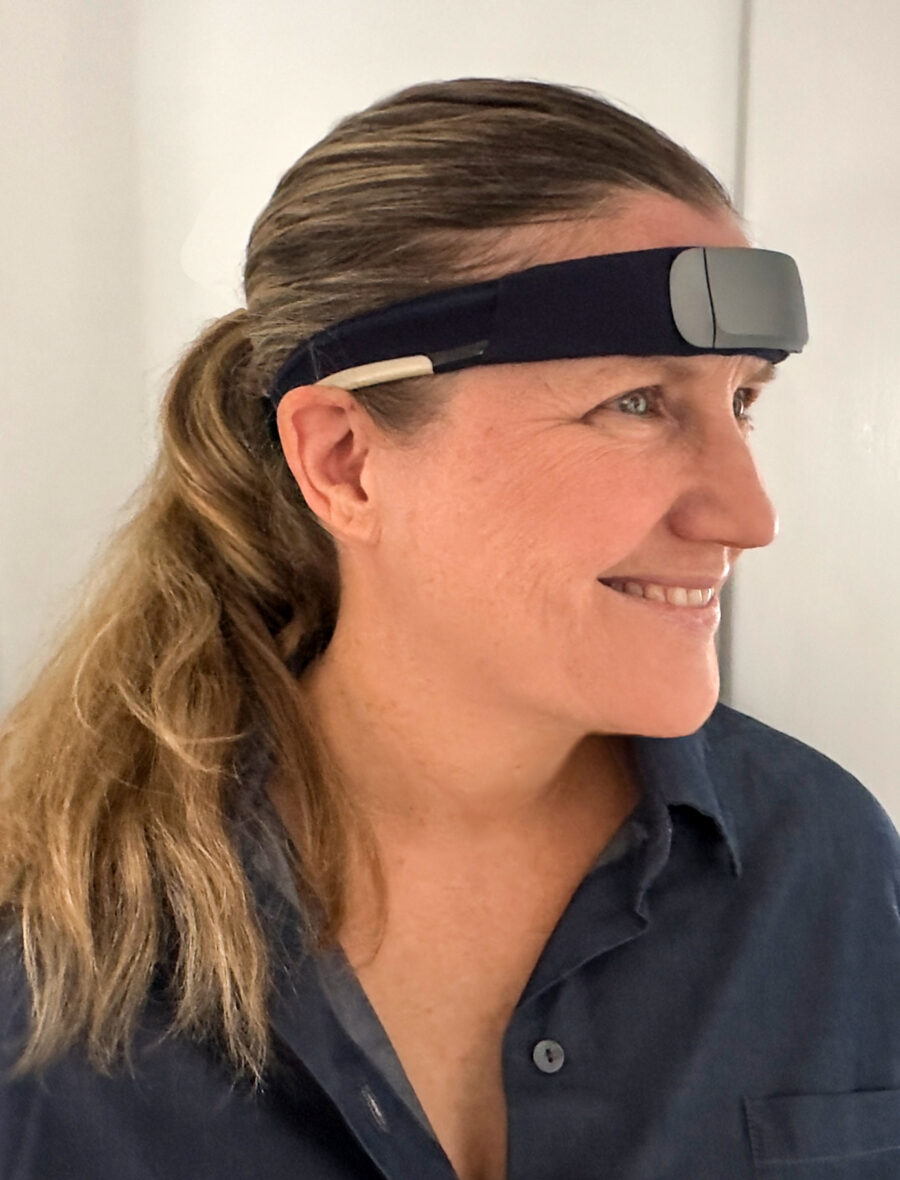
A Therapist Tries The Muse At-Home Biofeedback Headband
Good Gear editors endorse products we’ve personally researched, tested, and genuinely love. Learn more about our methodology and business model here.
GOOD GEAR RATING — 9/10 STARS
Summary: As a psychotherapist, I was curious about the Muse S Premium, a clinical-grade EEG (electroencephalogram) headband, so I tested it by using it almost every night for four weeks. I found the Muse S Premium is a great wearable for tracking sleep stages, cognitive performance, and enhancing your meditation practice. It retails for $495 (with installments available) for both the headband and a 1-year subscription which is well worth the benefits to mental wellbeing.
Pros:
- The real-time data the headband and app provided after each session about my sleep and level of calmness during meditation was very helpful.
- Using The Muse S left me feeling empowered to do something about my poor sleep because it gave me clinical-grade data that the app translated into feedback and graphs I wouldn’t otherwise be able to access outside of a doctor’s office.
- The Muse S was comfortable to wear, and easy to set up and use.
- The app offers over 500 meditations divided into categories like mind, body, heart, and breath along with the ability to use the headband with your own music.
Cons:
- The battery life of the headband is 10 hours but, because it is paired with Bluetooth, it caused my phone’s battery to drain faster than usual.
- You have to subscribe to Muse’s app to gain access to the meditations in their library and to use the headband’s brain-sensing technology.
As a psychotherapist, I always ask clients about the quality of their sleep. It’s important since how well we are able to restore our minds and bodies during sleep affects our moods. When we don’t sleep well, we compromise our immune system’s ability to fend off unwanted disease and we often feel more stressed, anxious, or depressed. Apart from exercise, sleep is one of the most important things to prioritize for optimal mental health.
“Apart from exercise, sleep is one of the most important things to prioritize for optimal mental health.”
Before I tested the Muse S headband, I knew my sleep wasn’t great. I’ve been dealing with extra stress and this combined with my menopausal hormones being all over the place wreaked havoc on my body, especially at night. For example, I identify as a side sleeper. After one night, I learned from the data the sensors retrieved that I spend up to 3 hours a night sleeping on my back! This might seem more interesting than useful but it made me curious about ongoing back pain and my past-its-expiration-date mattress.
And my work as a therapist made me interested in another aspect of Muse’s headband, too: meditation. In my work with clients, meditation is a tool I encourage everyone to practice because the benefits are so high — but it can be hard for me to practice myself. I was curious to see how Muse set out to improve this process, and I was optimistic that it might become a tool for better mental health.
So, I set out to test the Muse S for four weeks and find out if it lived up to the promise.
What is the Muse S, and how does it work?
The Muse S was developed by a Canadian team of neuroscientists, engineers, and designers with a mission to advance neuroscience research while helping individuals create or deepen their meditation practice. It is a headband that contains EEG (electroencephalogram), which are movement and heart rate sensors that give you feedback on your brain and body during meditation and sleep. It is used in conjunction with an app that offers meditations for heart, mind, and body with the addition of biofeedback.
“It is a headband that contains EEG (electroencephalogram), which are movement and heart rate sensors that give you feedback on your brain and body during meditation and sleep.”
During sleep, the comfortable headband tracks sleep stages with high accuracy by monitoring your heart rate, movement, breath, and brain waves. The accompanying app then calculates your personal sleep score enabling you to compare and improve sleep quality over time.
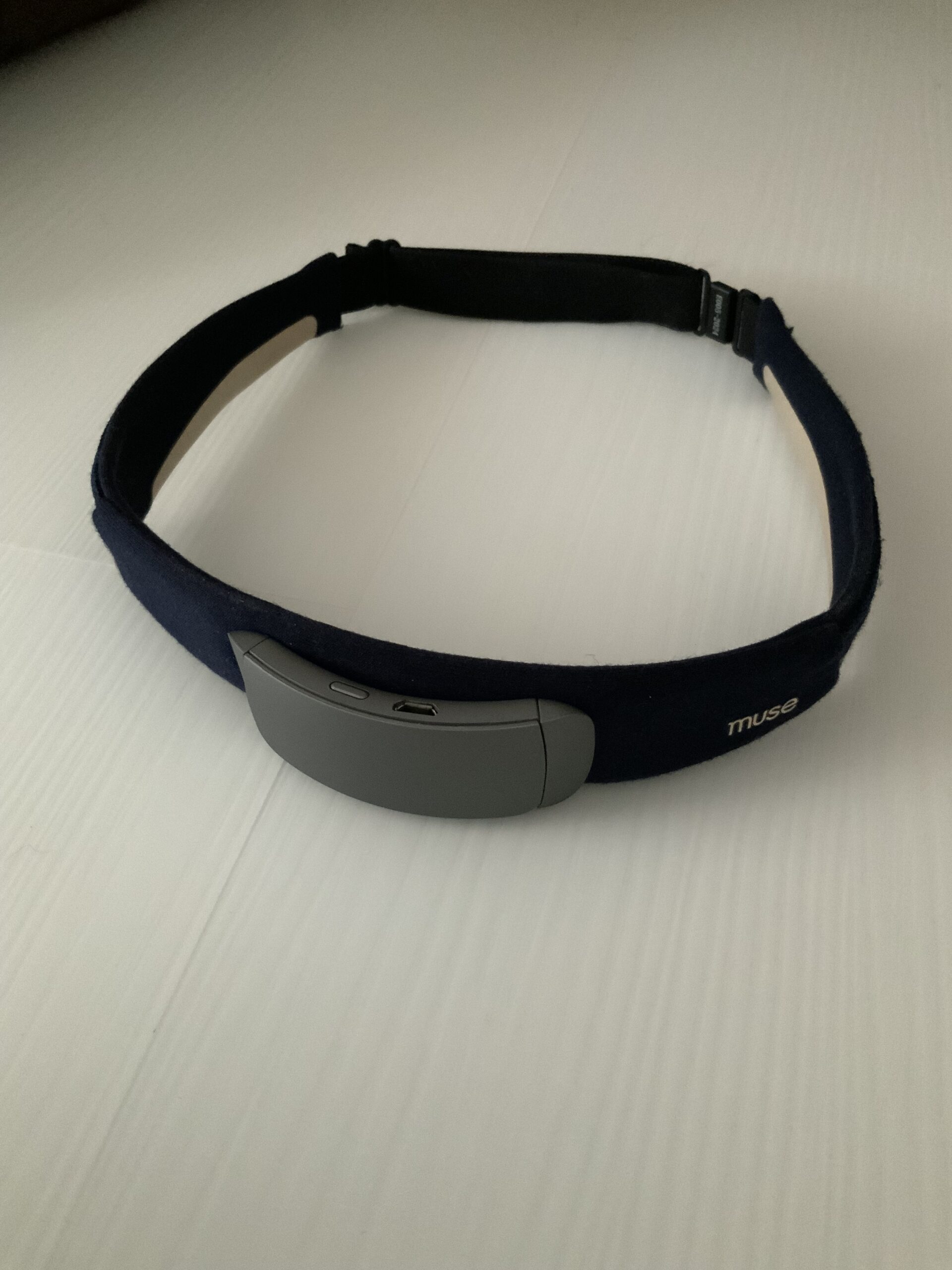
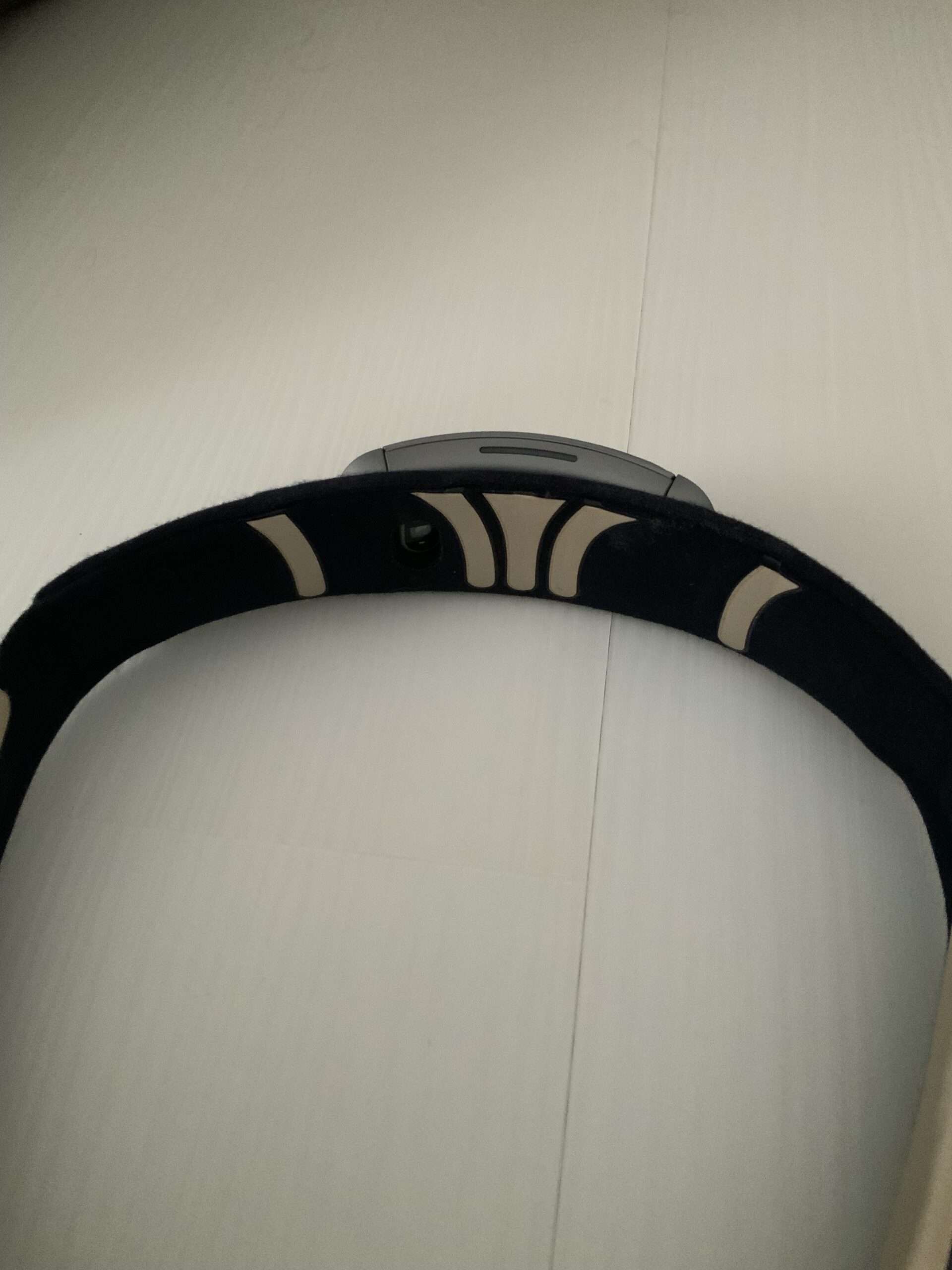
It has 5 finely calibrated EEG sensors, a PPG sensor that measures heart rate, and an accelerometer and gyroscope that measures breath rhythm and body movement. Muse translates the data received into personalized reports to help with meditation, sleep, heart health, and cognitive function. EEG is the only technology that can give research-grade information with 87% accuracy, such as the amount of time spent in deep sleep vs REM. Other sleep-tracking devices that use movement or heart rate are not as accurate.
“EEG is the only technology that can give research grade information with 87% accuracy, such as the amount of time spent in deep sleep vs REM.”
Muse recently introduced its latest feature, Alpha Peak. This technology tracks cognitive performance using the headband sensor’s ability to measure your brain’s alpha wave activity.
After a few sessions, it establishes your Alpha Peak baseline, and you’re given a cognitive score with tips to optimize performance. You can then track any improvement or decline and address concerns with lifestyle changes or a medical assessment.
When using the headband during meditation the app takes data from the headband’s brain sensors to rate your cognitive functioning and directs your focus by providing real-time nature sounds when your mind is wandering.
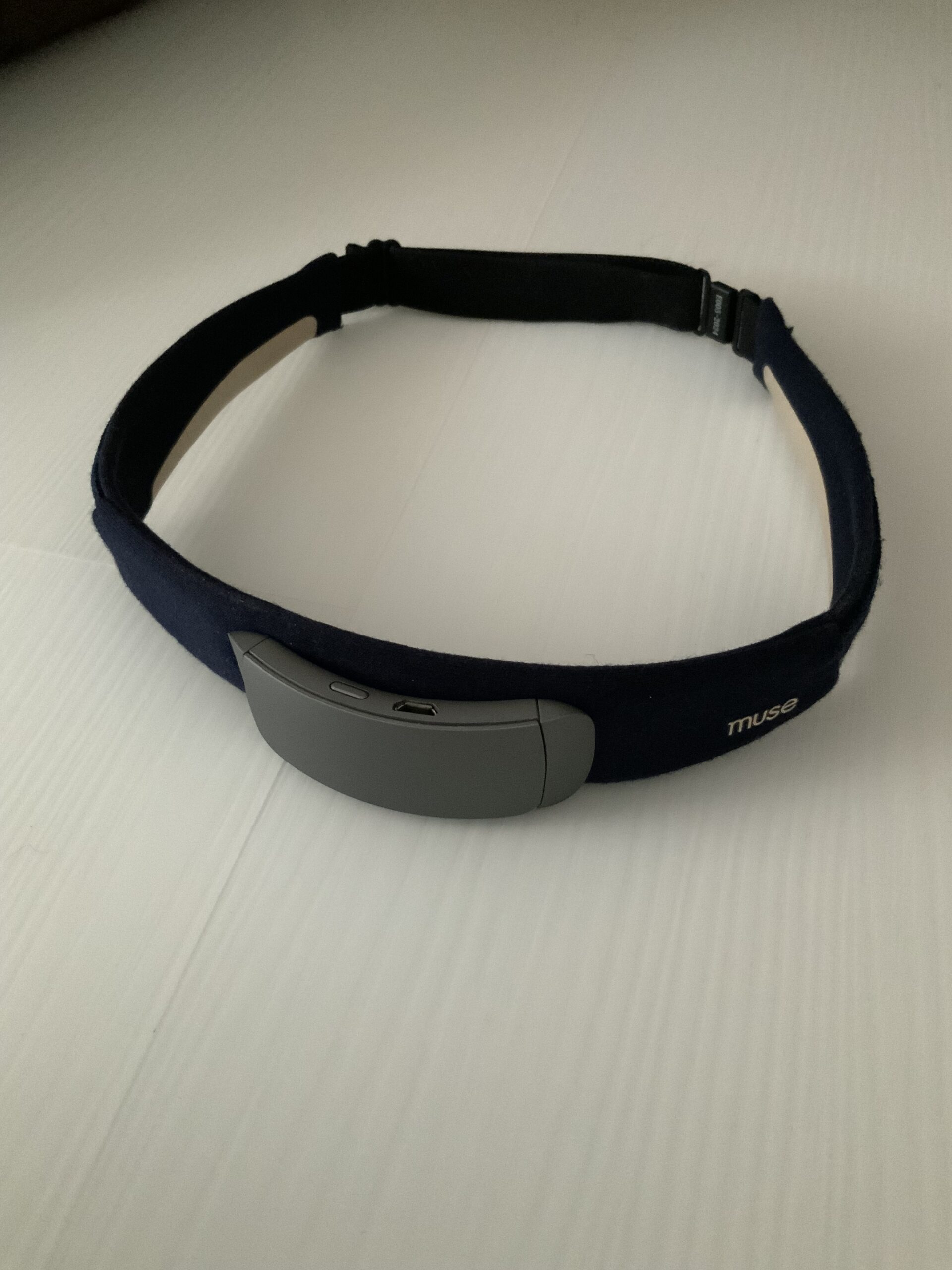
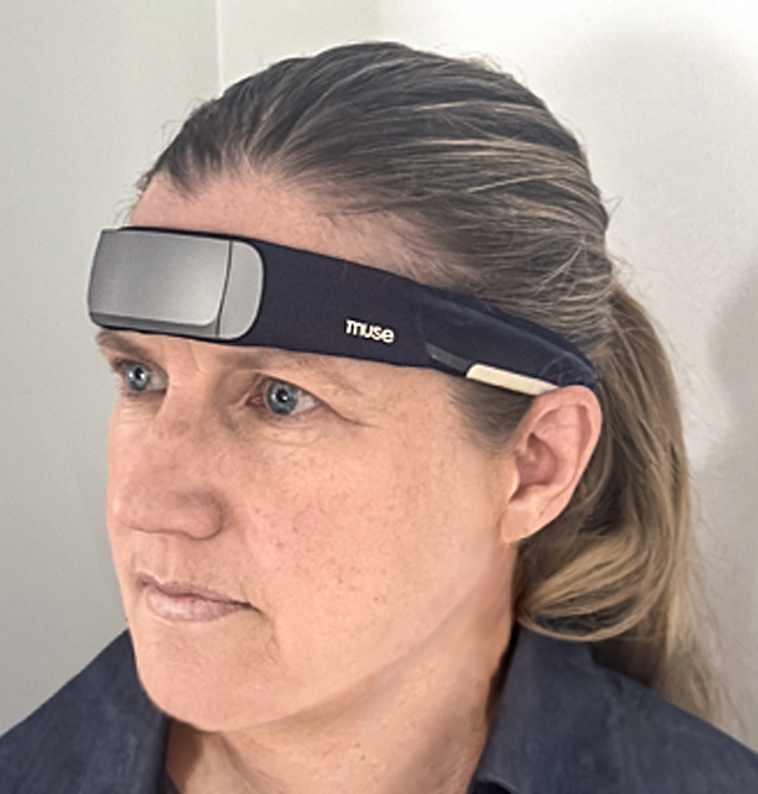
One of my personal favorite partnerships is the one Muse has with the Monroe Institute, a research and education center dedicated to exploring human consciousness. Monroe uses binaural beats, a form of neural entrainment that can provide access to a deep level of consciousness usually attainable only by experienced meditators. Their 3D Neural Soundscapes are responsive to your brainwaves using Muse’s sensors found on the Muse app.
“There are over 200 peer-reviewed studies investigating Muse’s ability to positively impact cognitive performance, ADHD, anxiety, PTSD and sleep.”
There are over 200 peer-reviewed studies investigating Muse’s ability to positively impact cognitive performance, ADHD, anxiety, PTSD, and sleep.
One study showed it improved fatigue and stress in newly diagnosed breast cancer patients. Another study from Mayo Clinic showed Muse reduced burnout by 54% among healthcare professionals.
Trying the Muse S headband
The product arrived in a medium brown box packed with a sheet of bubble wrap. The band itself was enclosed in a protective silver sleeve that was inside a small plastic container. Set up was easy in that I scanned the QR code which took me to Muse’s website and setup instructions. I easily plugged the device in to charge it and installed The Muse app on my phone and was guided through steps on how to use the band from there.
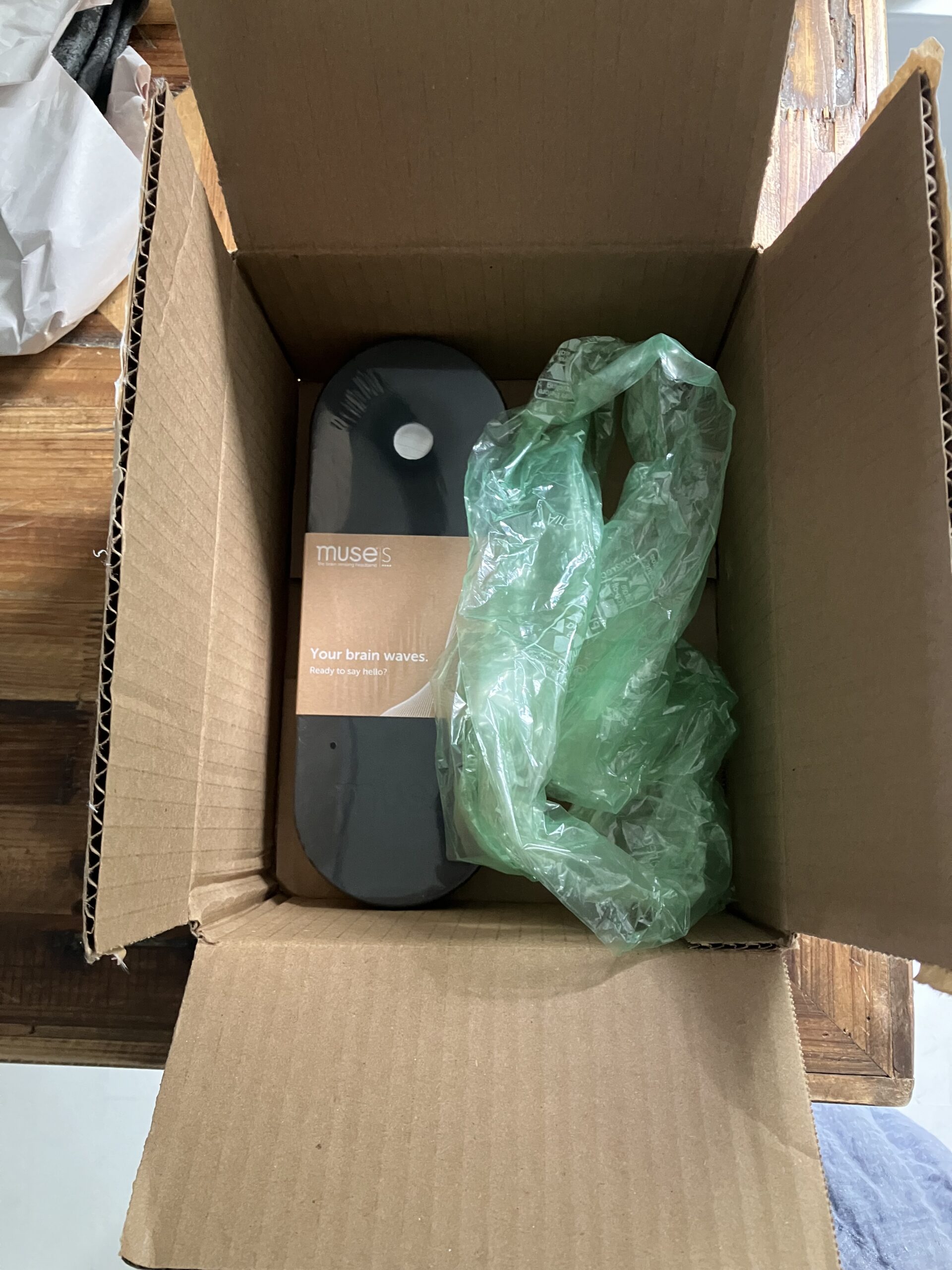
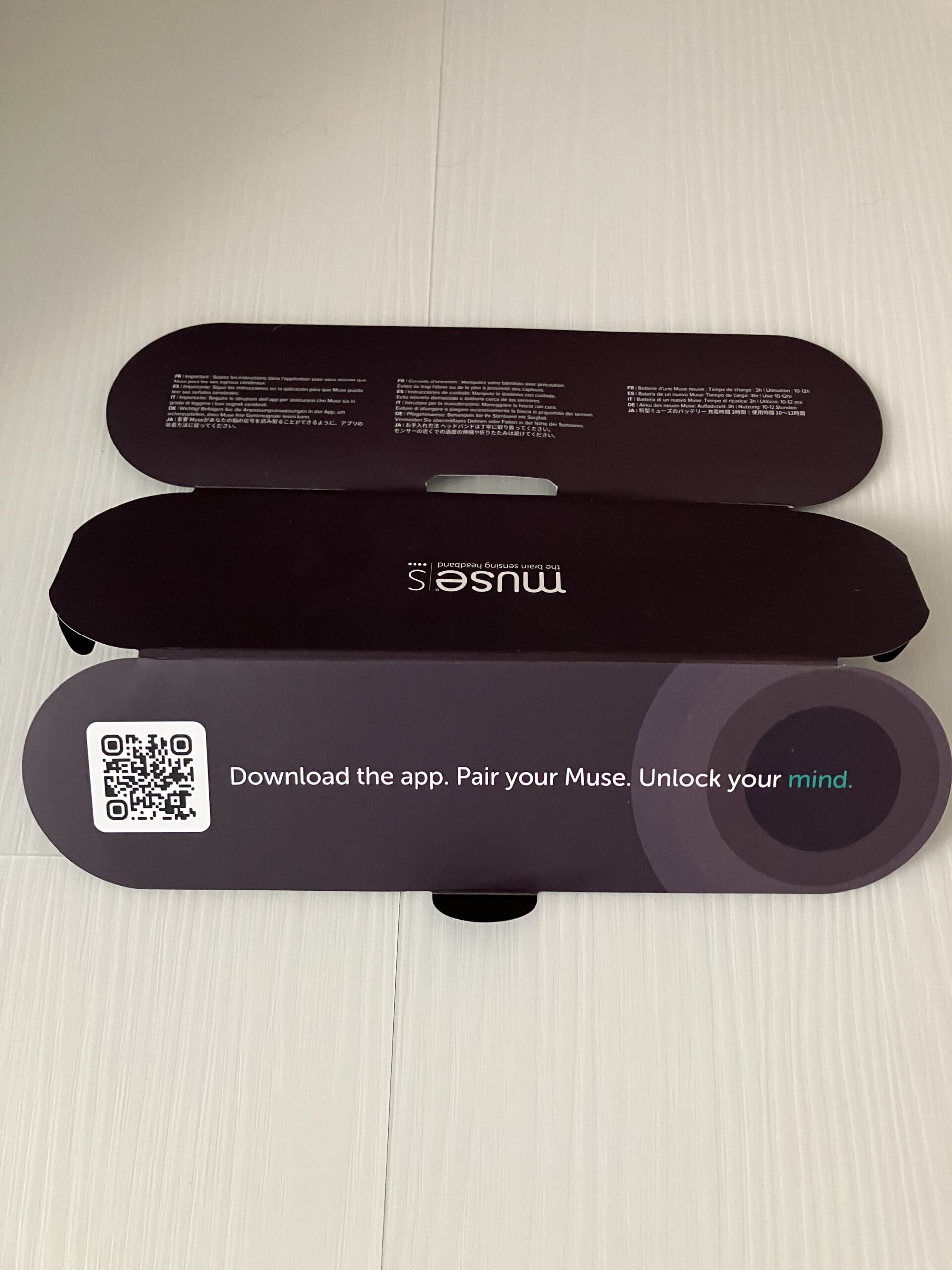
I wasn’t quite sure what to expect when I started using the headband, and a part of me was worried I might feel an electrical zap from the brain-sensing pod on my forehead! I was relieved I felt nothing coming from the sensors when I started using it the first night. (Can you imagine?)
I chose a soundscape (non-verbal sound session) from the app’s library of meditations and set the timer for 30 minutes. It took a night or two to get used to wearing the headband with its small Bluetooth-compatible pod resting on the center of my forehead and at times I felt light pressure from the band behind my ears. However, I fell asleep easily before the sound session ended.
“It took a night or two to get used to wearing the headband with its small Bluetooth compatible pod resting on the center of my forehead.”
In the morning I was excited to see my sleep score and discover my sleep quality through the different metrics it tracks. Each time I use the headband, it recalibrates itself and alerts me when it is positioned correctly on my head.
Using the Muse for sleep
By giving me a personal sleep score each session compiled from data from the headband’s sensors with detailed information on how much time I spend in each sleep stage, the Muse S took the guesswork out of wondering if I slept well and inspired me to continuously seek out ways to improve my score. The sleep meditations helped me fall asleep because I was focusing on the meditation (which trailed off automatically using smart-fade technology as it sensed I was entering sleep) and not reviewing my to-do list as I fell asleep. Because the app compares performance over time it enables me to do things to try to improve my score and track my progress.
“The Muse S took the guesswork out of wondering if I slept well and inspired me to continuously seek out ways to improve my score. “
On days I received a lower sleep score it made me curious about why, and I was able to test my theories and improve my score. One night I watched a psychological murder mystery on Netflix and received a lower score than on the two previous nights when I read uplifting material before bed. This helped me steer away from murder mysteries as part of good sleep hygiene.
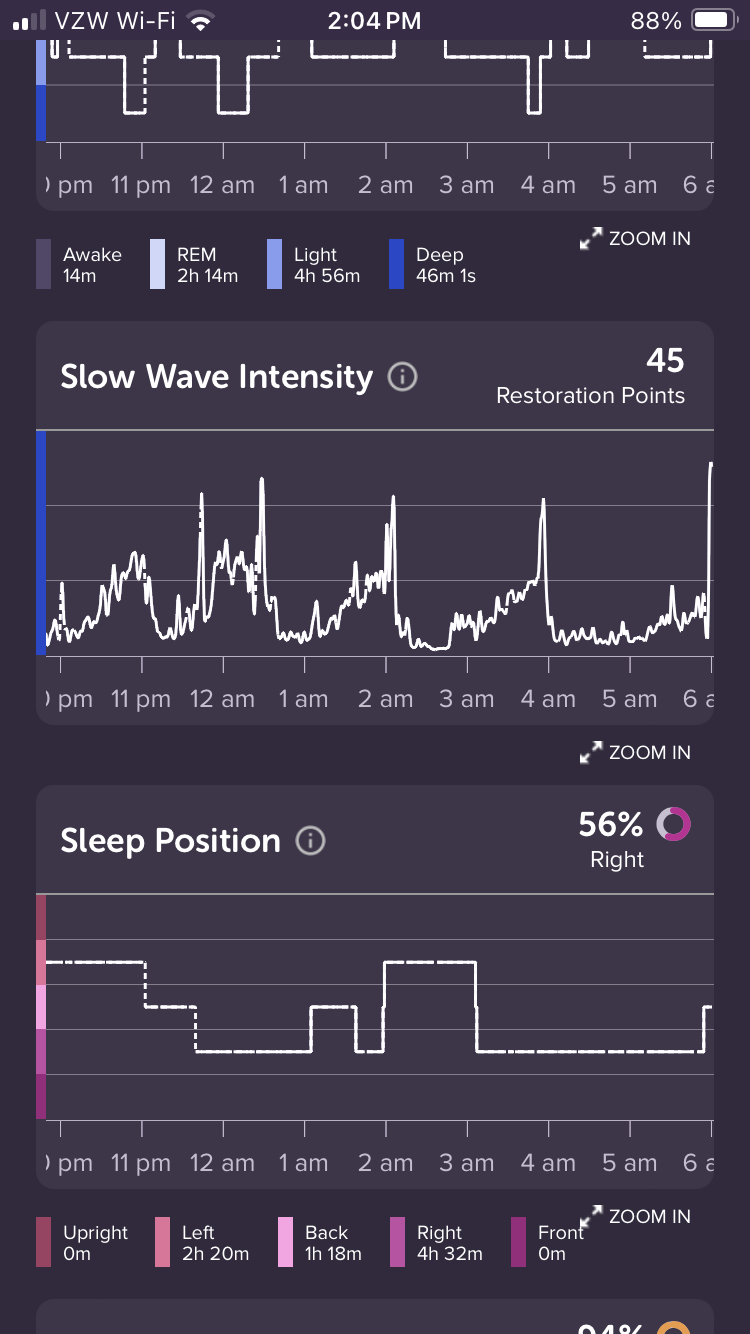
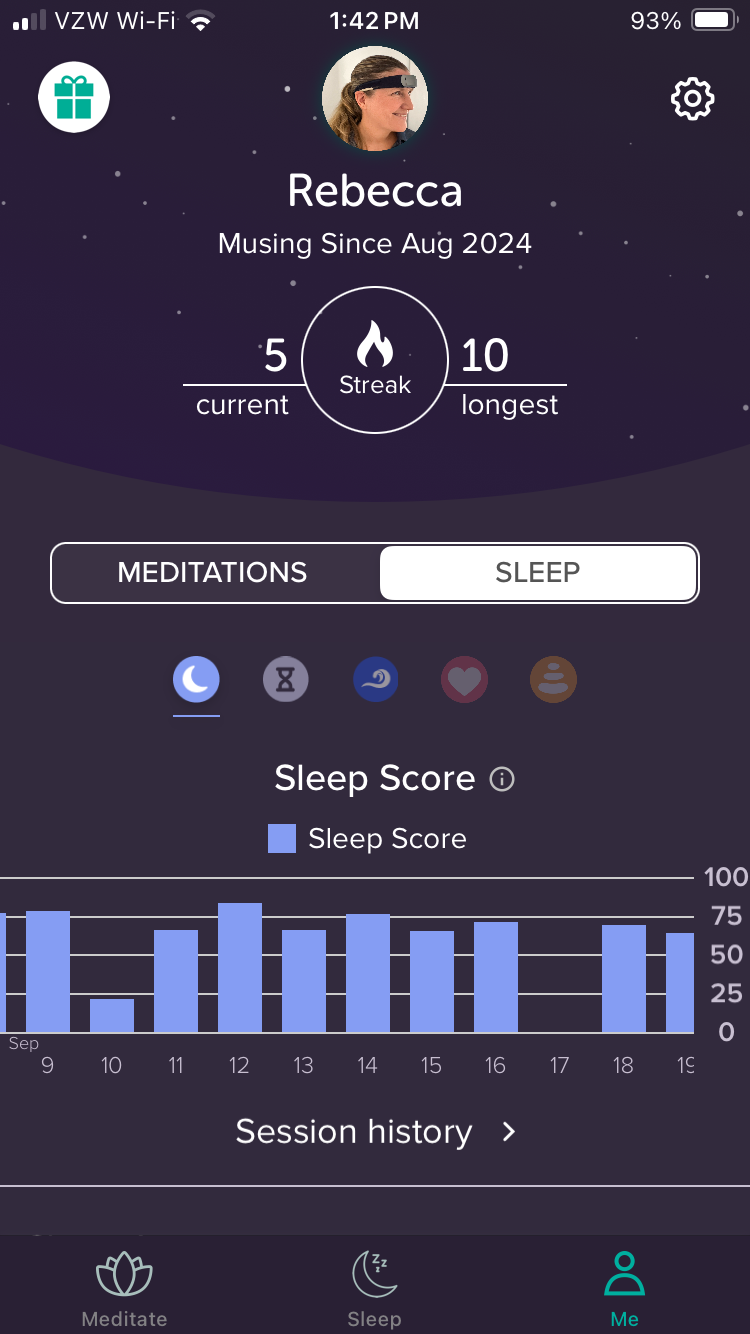
Since using the Muse S I’ve been stretching each morning and looking into different mattresses that provide better support. In addition, I rarely drink because I don’t like the way even one glass of wine makes me feel the next day and how it can cause fitful sleep. I am also that person who tests my compatibility with vices like alcohol and caffeine periodically, just to see if they are still a status quo no! I recently had a glass of wine while out with friends and then wore the Muse S to bed. The next day my sleep score went from a high of 83 on non alcohol days to a 55. As much as a glass of wine tastes good with dinner, the Muse S confirmed the choice between cabernet or waking up refreshed is still very real.
Using the muse for meditation
Meditating with the Muse S makes the process easier because it gives feedback in real time. It’s like having a meditation coach in your ear who can see your brain starting to wander. The gentle nature sounds alert you to your attention, so you can then refocus on becoming more present. (You know you’ve arrived because you begin to hear chirping birds.)
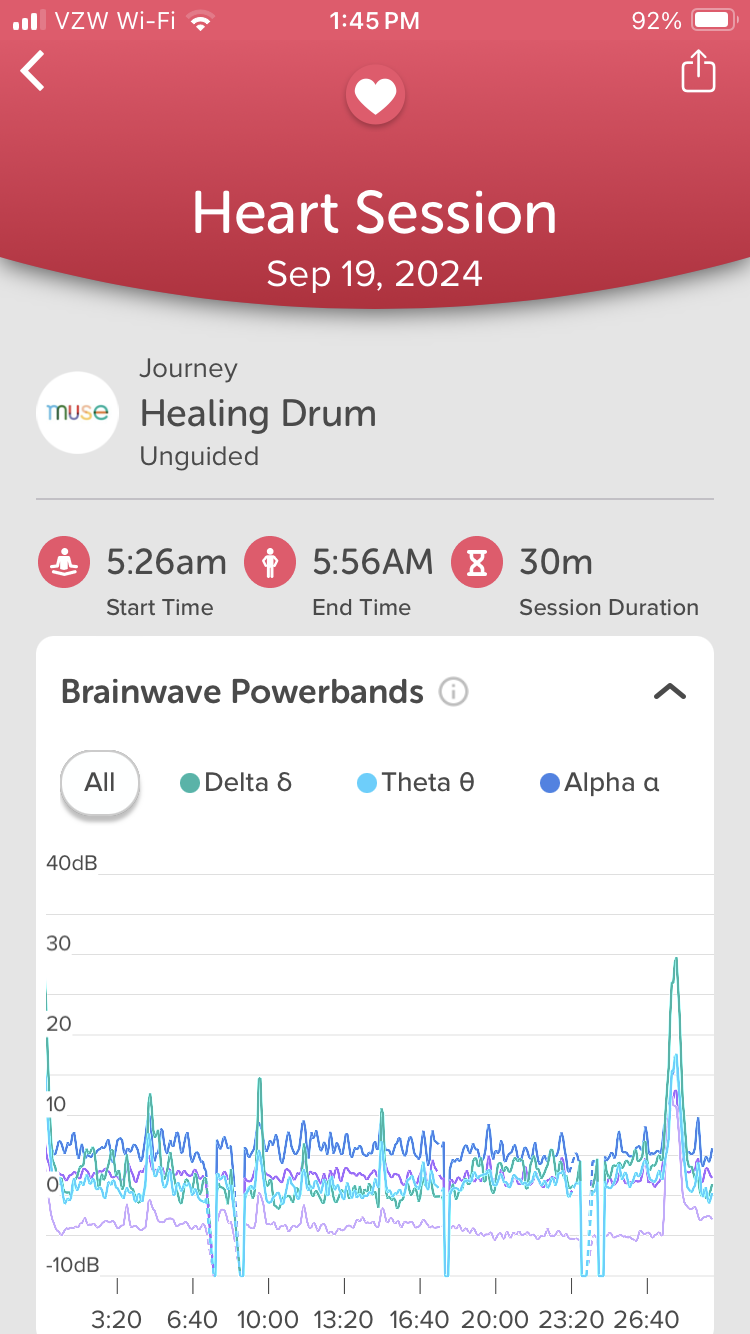
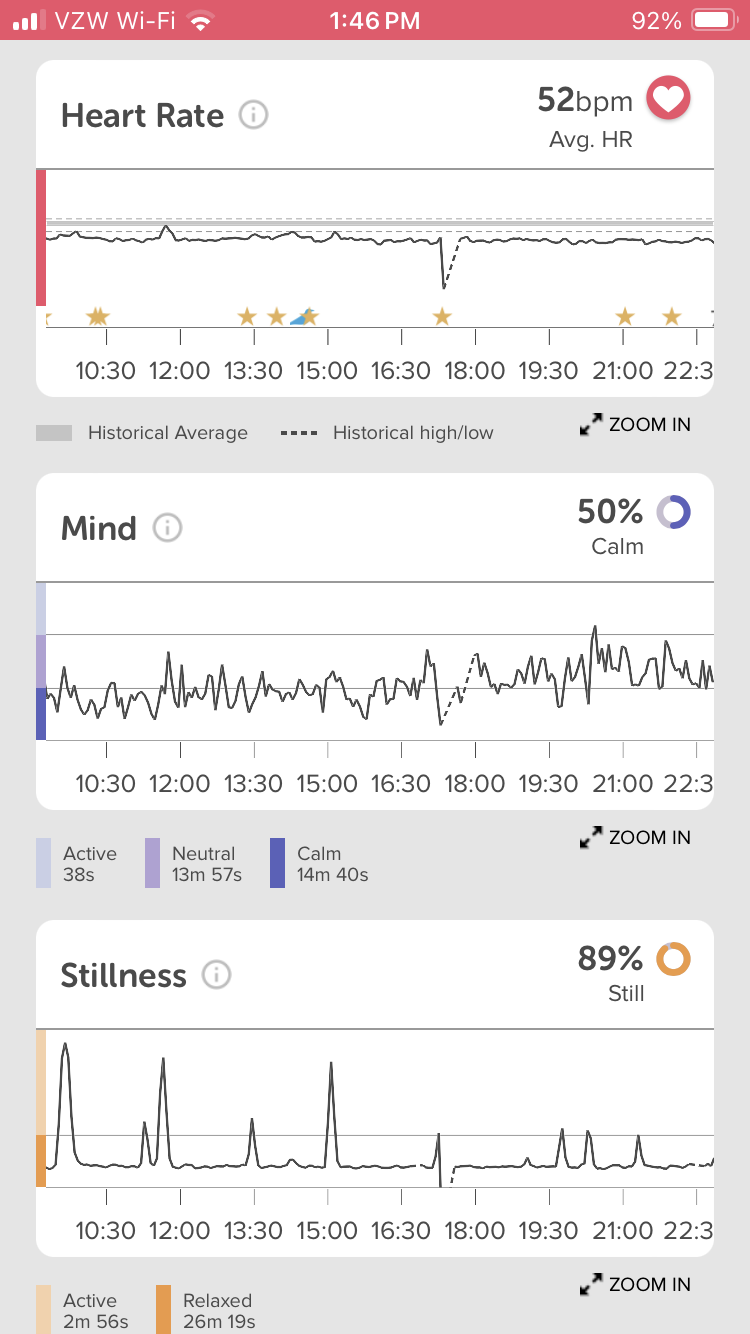
When I started meditating with the Muse S, I was shocked to realize my mind is more active during meditation than I realized. I thought I was acing meditation because I sat quietly and took lots of deep breaths and felt relaxed afterward. Muse showed me otherwise via data and graphs that proved how active my brain was even though I was physically still and deep breathing. With that data, I can intentionally be more present and try things to improve the score I get at the end of each session.
“I was shocked to realize my mind is more active during meditation than I realized.”
During meditation, the headband and app tracked my heart rate, level of mind calmness and degree of stillness. I chose a heart meditation that offered a drumbeat that was my actual heartbeat. Hearing my beat helped me to use deep breaths to slow it down and go deeper into meditation.
Is Muse worth it?
Overall, the Muse headband helped me to be more aware and intentional about the quality of my sleep, cognitive performance, and meditation practice. My biggest takeaway was that I thought I was performing better than I was in all three of these areas. Having the data made the difference between knowing I wasn’t focused during meditation to knowing exactly when my mind wandered and how disturbed my sleep was. My favorite part about the Muse S is its excellent sleep tracking, and I became addicted to using it to try to improve my sleep.
“Having the data made the difference between knowing I wasn’t focused during meditation to knowing exactly when my mind wandered.”
The Muse offers a 30-day money-back guarantee and a 1-year limited warranty. Any repairs or issues with damaged products are dealt with through their Customer Care department.
The Muse S Premium headband is an expensive tool at $495 which includes a year’s subscription to the app. If you’re a person who prefers to meditate and go to sleep in absolute silence, and likes to keep all devices as far away as possible to aid your slumber, this product might not be worth your investment. But if you love data and would use charts, graphs, and scores to understand what is going on in your mind and improve your brain with this type of neurotechnology, the Muse is a great addition to your toolset.
Rebecca Hendrix, LMFT is a Manhattan-based licensed integrative holistic psychotherapist. She specializes in relationship issues, depression, anxiety, grief, and spiritual growth. You can find her on Instagram or learn more on her website.

